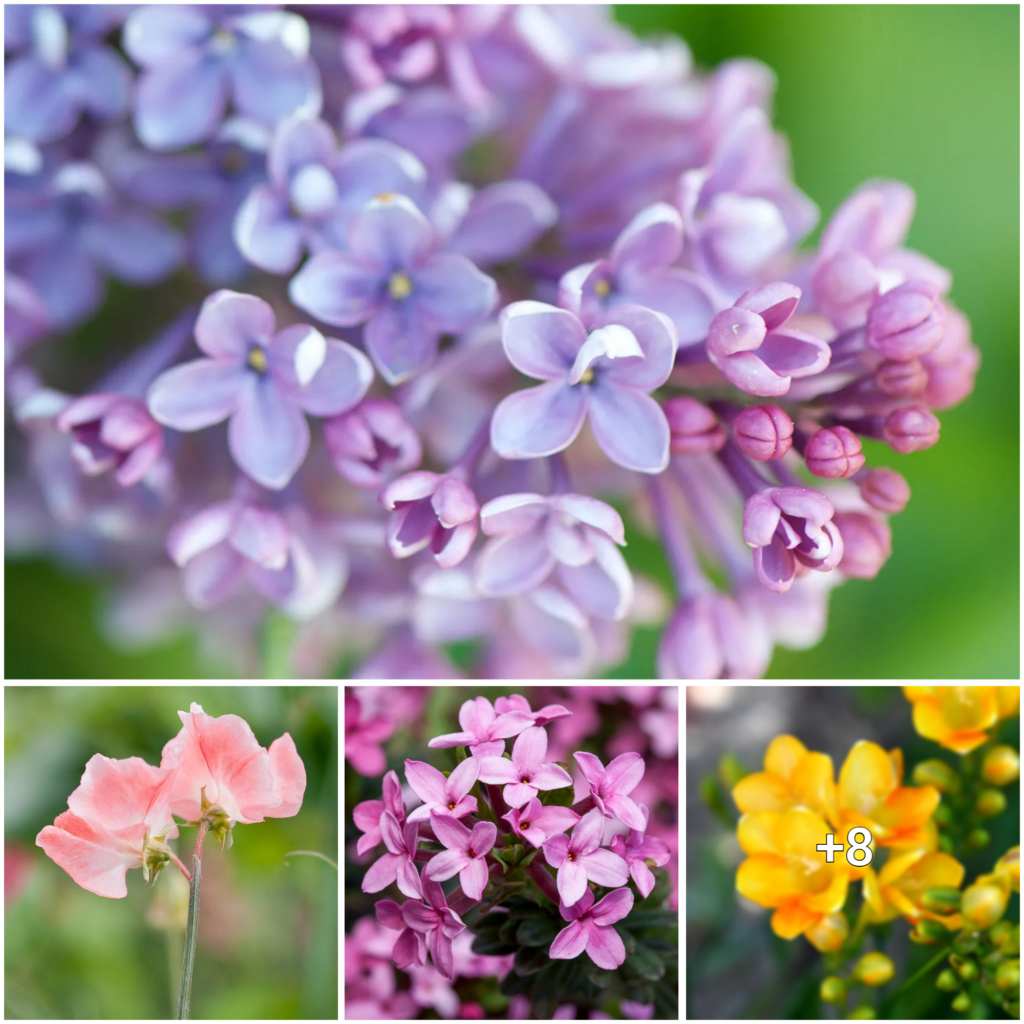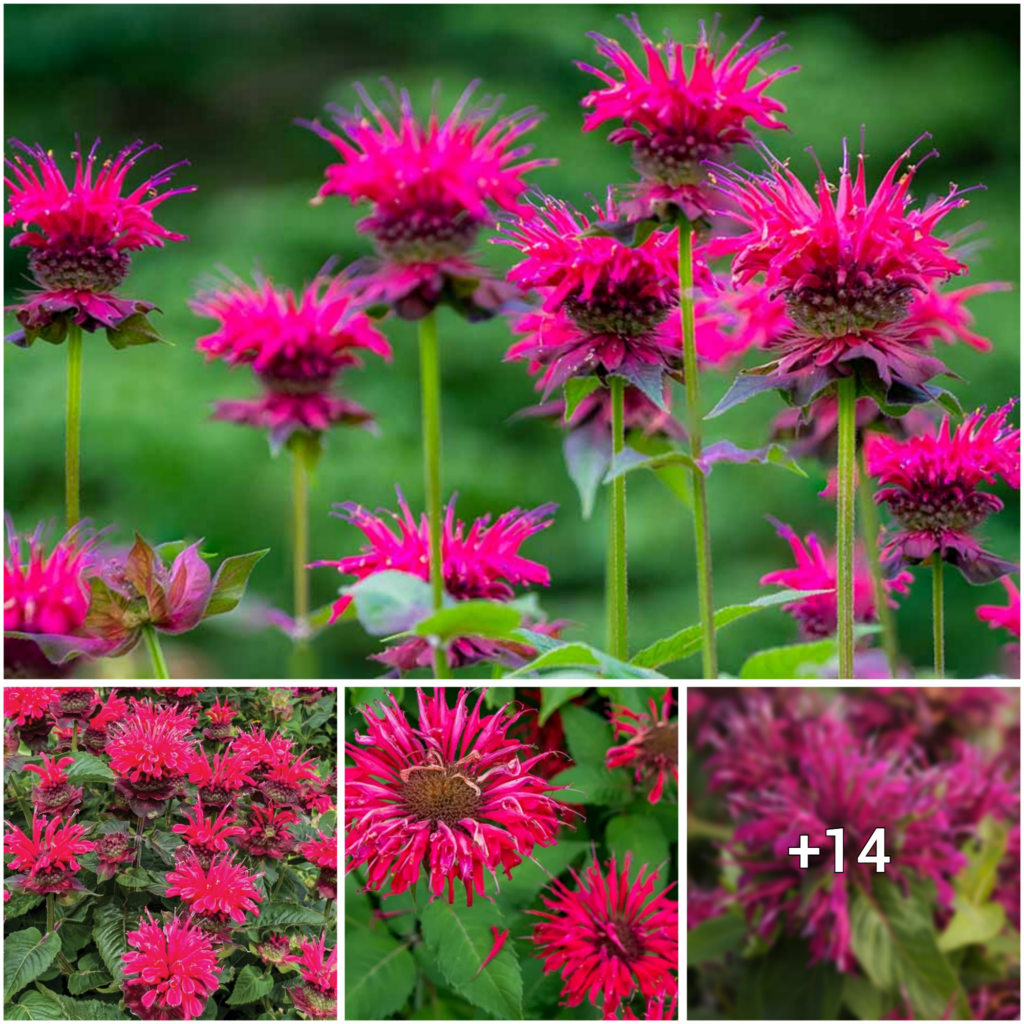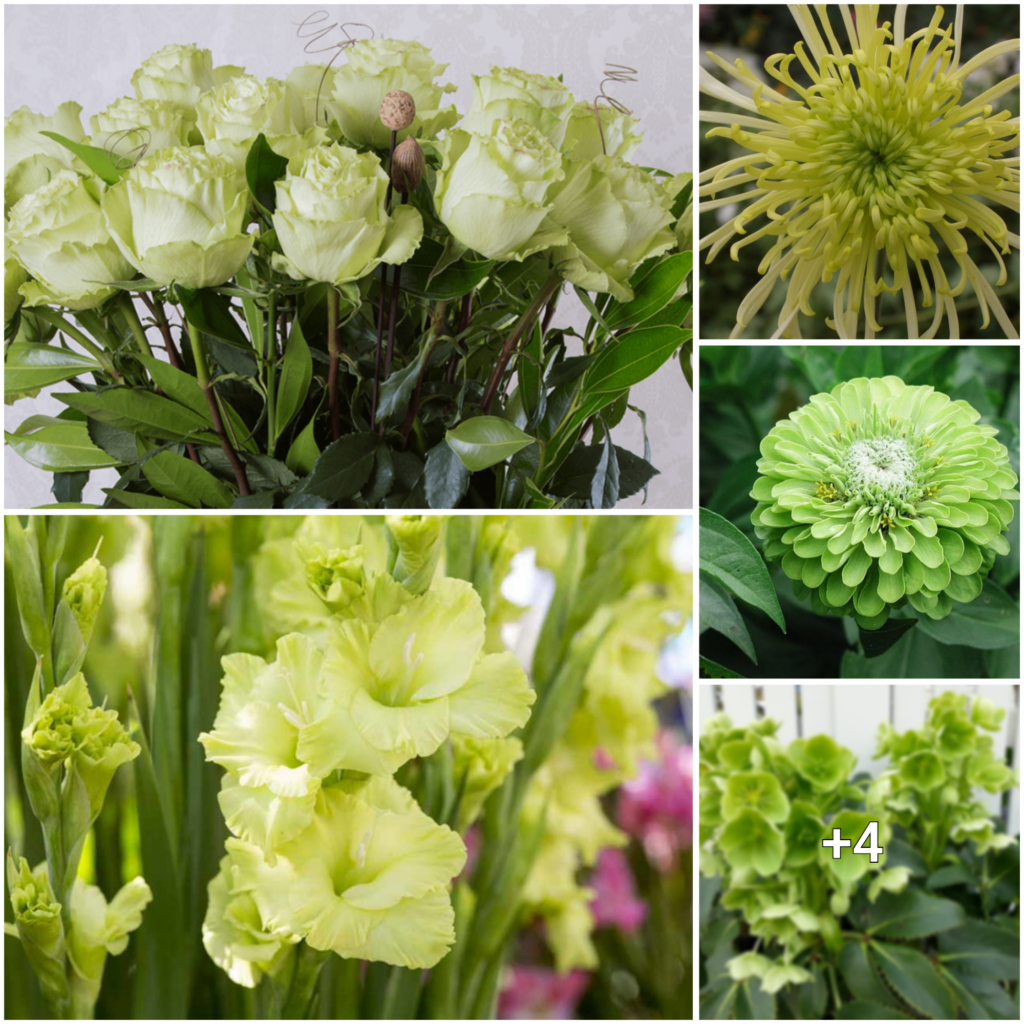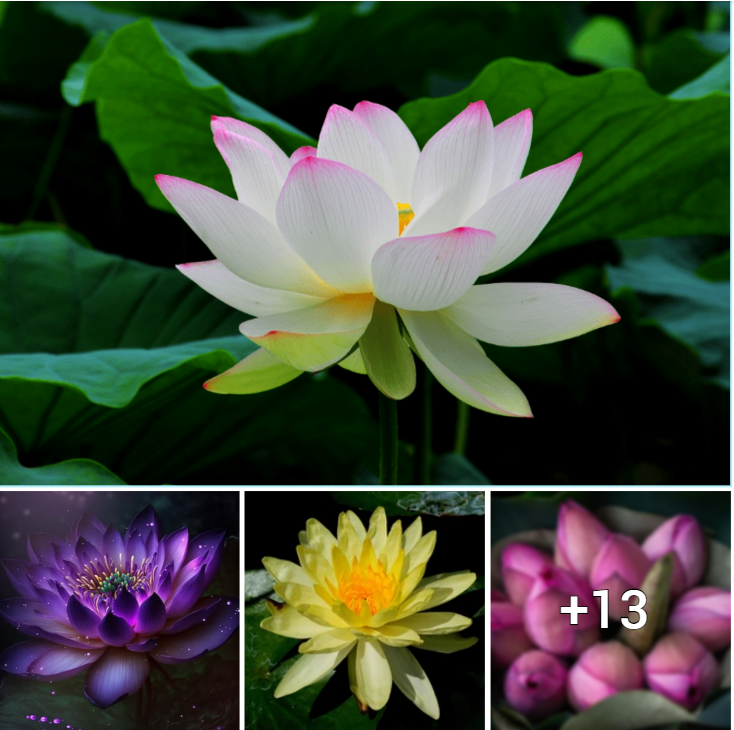The wax begonia is a resilient plant that can provide vivid flowers to decorate your household and outdoor space for most of the year. With over 1,000 types of begonias available, there is a vast selection with varying shapes, hues, and dimensions. They are low maintenance and perfect for any garden, while also being suitable to grow indoors.


When planting begonia seeds, keep in mind that they are very small and can produce up to three million seedlings from just one ounce of seeds. Wax begonias thrive in full sun, but may need shade in tropical areas. They require temperatures above 60 degrees Fahrenheit and do well in humid environments. Keep the soil moist but not overly wet, and use a light, well-draining soil. A weak monthly fertilizer is recommended. If growing indoors, use a large pot with good drainage holes as this plant can grow quite large. With proper care, wax begonias can live for four to five years.

Trimming your plants may not always be necessary during the growth stage, except for removing leaves and branches that curve or overgrow. Pinching stems to remove dead parts is usually sufficient, and should be done about once a month to promote growth and achieve a fuller appearance. Occasionally, a begonia might develop legginess as it reaches towards a light source. Pruning can help redirect the stem’s growth and address the legginess issue, resulting in a more lush plant.

Preparing for Winter As the cold season approaches, gardeners with wax begonias may opt to transfer them from the ground to a planter for indoor keeping. To ensure their survival, proper care is necessary such as providing sufficient warmth and sunlight. However, it is important to keep in mind that frost can be fatal for these plants. Hence, it is best to keep them indoors until the danger of frost has passed. If you need more advice on how to winterize your begonias, check out our helpful article on the topic.

Plant Propagation The optimal way to propagate a wax begonia is through stem cuttings during the spring season. Cuttings should be around three to four inches long and inserted two inches into moist soil. During the budding stage, keeping the soil hydrated and surrounding atmosphere humid is essential. Gardeners can enclose the plant’s leaves in a plastic bag to provide extra humidity. Though slow to grow at first, with ample care, the plant will thrive. Alternatively, wax begonias can be started from the seeds of mature plants. Sow the seeds 12 weeks before the initial frost, leaving them uncovered since they require a lot of light. Optimum growth occurs between 70 and 75 degrees Fahrenheit, and seedlings should sprout within 15 to 20 days. Common Issues Root rot stands as a prevalent issue in wax begonias due to their high moisture requirements. The wet environment often leads to fungal growth on leaves resembling powdery mildew. To mitigate this, adjust moisture levels and water below the leaves. Wax begonias are not bug-prone, but spider mites, whiteflies, aphids, and scales can cause discoloration and leaf deformities.

If you’re looking to add some color and variety to your garden, wax begonias make a great option. With a number of different varieties available, you’re sure to find something that suits your preferences. Some popular options include the Super Olympia Series with its large blooms, the Queen Series with double flowers, and the Coco Mix with rounded foliage. If you’re searching for something smaller, the Cocktail Series offers dwarf plants with bronze or maroon foliage, while the Ambassador Series boasts white, red, and pink blooms that flower early. For larger flowers that do well in containers, consider the Varsity Series or Victory Series. And if you want a unique look, the Paint Splash Pink variety features mottled foliage with pale pink blooms.




